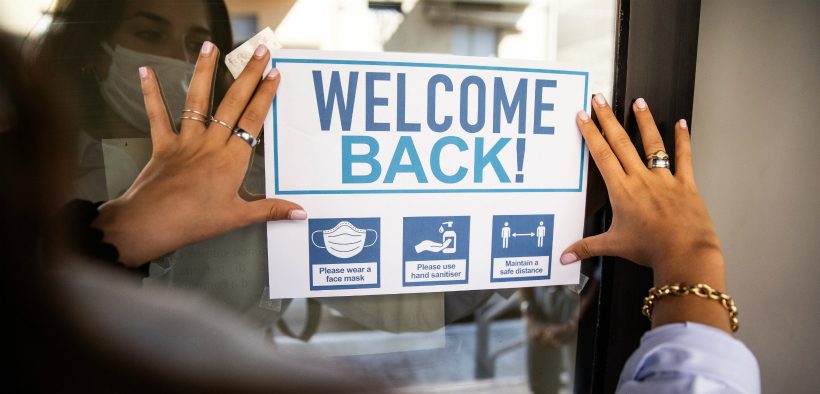Before 2020, we thought students coming to class in pajamas was unprofessional but also a “college thing.” Last semester, Tom recorded a student taking an exam shirtless while lying in bed. Sarah’s student had technological difficulties during a test. When she told him to just come to her office, he said he wasn’t dressed appropriately. Really? That’s when we knew this pandemic experience was unlike anything we’d encountered in our combined 58 years of teaching. Therefore, we want to examine our teaching experiences and tell you what we’d like to keep and what needs to never return again.
Teaching Lessons from the Pandemic: What to Keep and What to Leave Way Behind

Related Articles
I have two loves: teaching and learning. Although I love them for different reasons, I’ve been passionate about...
Active learning is a mostly meaningless educational buzzword. It’s a feel-good, intuitively popular term that indicates concern for...
Perhaps the earliest introduction a student has with a course is the syllabus as it’s generally the first...
Generative AI allows instructors to create interactive, self-directed review activities for their courses. The beauty of these activities...
I’ve often felt that a teacher’s life is suspended, Janus-like, between past experiences and future hopes; it’s only...
I teach first-year writing at a small liberal arts college, and on the first day of class, I...
Proponents of rubrics champion them as a means of ensuring consistency in grading, not only between students within...







